Essential oils: What’s the essence?
The current trend is a shift from synthetic or petrol chemical products towards bio organic products (natural sources) in cosmetics, perfumery, health and other human related areas. However, we need to be equipped with adequate knowledge of any product we ingest or apply on our body. Hence, there is the need to know more about these oils.
What is really the essence?
Why ‘essential’?
Essential oils are concentrated hydrophobic (water repelling) liquid extracts from plant parts. They consist of chemical compounds that can easily vaporize and have specific scent or aroma. They are also known as Scent oils.
unlike essential fatty acids and essential amino acids which the body needs but can’t synthesize, essential oils are given the name due to the fact that they contain the main essence of the plant part from which they are extracted. These volatile plant oils are extracted from parts of the plants which include leaves, flower, stems, roots, barks and so on. Unlike carrier oils like coconut oil which stay on the skin surface for a long time, essential oils can penetrate the human skin when applied on the skin surface, into the bloodstreams.
Method of Extraction
There are different processes used in the extraction of essential oils from the plant parts depending on the physical properties and concentration level of the volatile oil. The processes include the following:
- distillation
- Solvent extraction
- Cold pressing
Distillation
This method is used mainly to extract essential oil from plants like tea tree, lavender, eucalyptus, and so on, especially from the bark, roots, seeds and peels. The plant parts are put in distillation apparatus and heated over water. The stem from the water distills out the volatile compound from the plant parts. This is then collected in containing vessel as distillate.
Extraction by solvent
This method of extraction is used to extract essential oil from plant parts with low concentration of the oil, for example from most flowers. Moreover, the chemical components of the oil are easily denatured by high temperature and therefore can’t be distilled. Solvent extraction is therefore more suitable method for extraction of such oil. The organic solvent commonly used for this extraction process is hexane. The extract from hexane (known as concrete) is further extracted using polar solvents like ethylalcohol to extract the scent oil from the concrete.
Cold pressing
This a mechanical process used to squeeze the oil from the plant parts. It is used to extract essential oils which are known to be of high quantity in the plant parts. For instance, the extraction of citrus peel oils.
Chemical components of essential oils
The chemical components of essential oils predetermine their medicinal uses. Generally, the components can be classified into two; hydrocarbons and oxygenated compounds.
The hydrocarbon group
This consists of terpenes which are molecules made up of isoprene unit and each isoprene unit has five carbon atoms. Most essential oils consist of large proportion of monoterpenes (ten-carbon compound from two isoprene units). They are reported to be anti-bacterial, anti-inflammatory and because they are readily oxidized they have cleansing effect, hence the use as detoxifier, an examples of essential oil rich in monoterpene are grape fruit and orange oil. Sesquiterpene is another terpene found in essential oil especially in floral oils. They are made up of three isoprene e units (=15 carbon atoms).
The oxygenated compounds
Essential oils also contains organic compounds with oxygen atoms they include;
- Monoterpene alcohol, sesquiterpene alcohol; they are antiseptic, anti-fungal but skin irritant e.g in rosewood oil
- Aldehydes: have calming effect on the nervous system, reduce stress, e.g in lemon grass and cinnamon oils
- Ketones: could be toxic but they also have therapeutic effect e.g cell and tissue generation.( rosemary essential oil)
- Esters: relaxing and anti-spasmodic, sedative, anti-microbial, anti-fungal, fragrant, and fruity e.g in lavender
- Phenols: antiseptic, antibacterial, disinfectant, but is toxic and should be used in very small quantity and for a short period of time .e.g in tea tree oil.
Other oxygenated groups that could be found in essential oils are lactones, coumarins and ethers.
Application
In Aromatherapy
it is a complimentary therapy that uses essential oil as the main agent of treating diseases. Reports on the healing effect of essential oils have been contradictory, some belief any claim of efficacy could as well be a placebo effect (psychological attribution).
However, a student of mine shared her experience on therapeutic effect of the scent of a particular plant grown in her neighborhood. She said that anytime someone has boots of migraine or headache, if the leaves are squeezed and the scent inhaled, there is instant relief from the headaches and migraines. I asked her to bring the leaves which were identified by a colleague who is a botanist as Petivera alliacea. Studies have confirmed some of these claims Medical aromatherapy is gaining grounds in Europe though it is used mostly as part of beauty treatment in America.
- Effect on Sleep source
- Reduced anxiety especially in terminal diseased patientssource
- As antibiotic for Antibiotic resistance bacteriasource
- In treatment of Acne source
- In treatment of dandruff source
- in treatment of Stomach disorder using peppermint oilsource
As Pesticides
Some studies have reported that some essential oils have repelling or inhibiting effects on some insects, while they remain non-toxic to man. These natural pesticides derived from plants are known as green pesticides. They include essential oils derived from lemon grass, thyme, eucalyptus, orange peel to mention but few. I’ll be elucidating more on this in my next post on green / biopesticides.
As flavor/Scent
Essential oils, especially those with ester groups are used in beverage industries and confectioneries. They are also used in perfumery and cosmetics for their natural fragrance.
Hazards
The potential hazard of using essential oil is in the level of purity and toxicity of the chemical components. Also, most essential oils are aroma therapeutic in nature (usually inhaled or sniffed) and should not be applied directly on the skin.
Conclusion
My advice therefore is that though essential oils have benefits in diverse applications, precautionary measures should be taken before using them. Some could be missed with normal body oils (like coconut oil), shampoo and so on rather than directly applying them directly on the body. Also, professional advice should be sought where necessary, like in the case of pregnant women, those having epileptic conditions and so on.
Moreover, the oils should be used in minuscule quantity.
Thanks for the time taken to read my post. Hope you were enlightened.
References
- https://en.wikipedia.org/wiki/Essential_oil
- https://www.naturalfoodseries.com/30-essential-oil-benefits-uses/
- https://www.livescience.com/52080-essential-oils-science-health-effects.html
- https://paleoleap.com/essential-oils/
- http://essentialoils.co.za/components.htm
- http://www.experience-essential-oils.com/chemistry-of-essential-oil.html
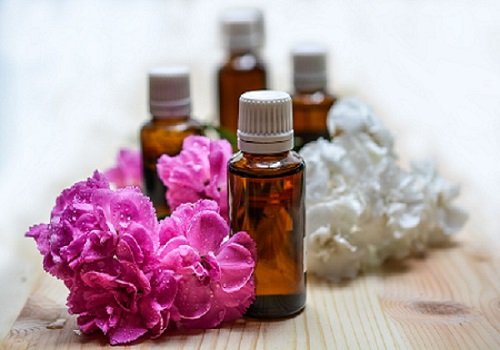
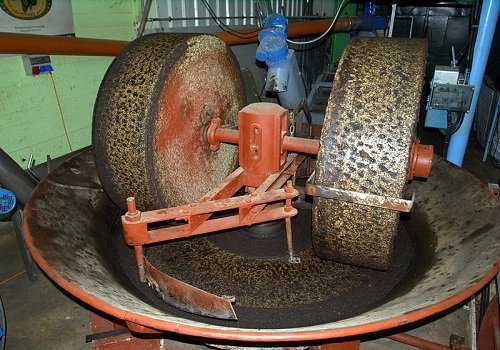
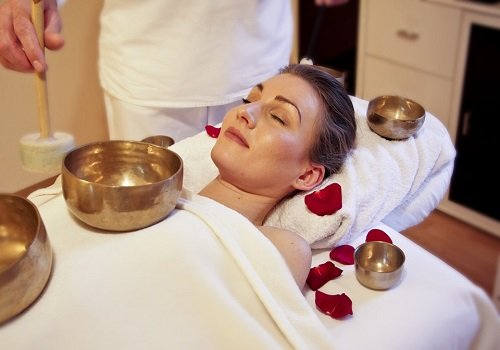
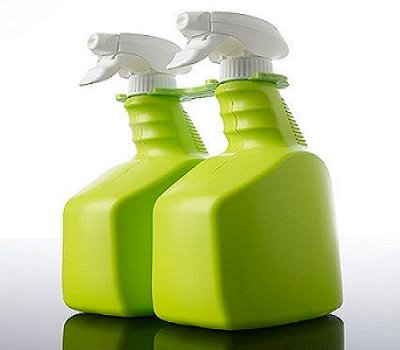
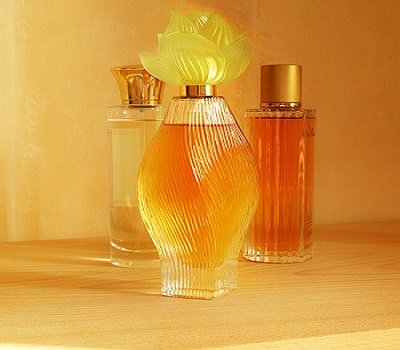
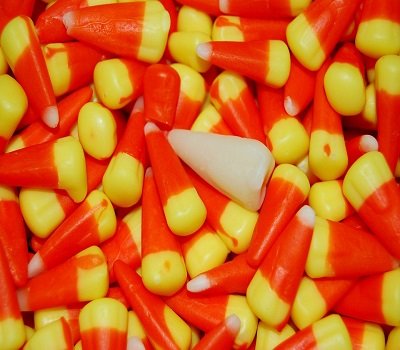
What is special about this so called essential oils?
The special thing about them is the process of extraction. They are present in plant parts in a minute quantity compared to their contemporary (vegetable oil).
yes, they do have unique processes of extraction due to the low quantity s mentioned in my post, but more than that is the fact that they contain the essence of the plant in the various plants parts. thanks for taking time to read my post.
nicely done @conas
The word "aromatherapy" is quite new to me. Pls which state did this your student pick that plant from??
@akiripromise, long time, thanks for stopping by. she got the leaves from her place at ipetu-modu, ile-ife, in osun-state, Nigeria. Aromatherapy is being used as a form of alternative medicine. like the spa treatment.
Ok. Thanks a lot for the information
Hi @conas!
Your post was upvoted by utopian.io in cooperation with steemstem - supporting knowledge, innovation and technological advancement on the Steem Blockchain.
Contribute to Open Source with utopian.io
Learn how to contribute on our website and join the new open source economy.
Want to chat? Join the Utopian Community on Discord https://discord.gg/h52nFrV